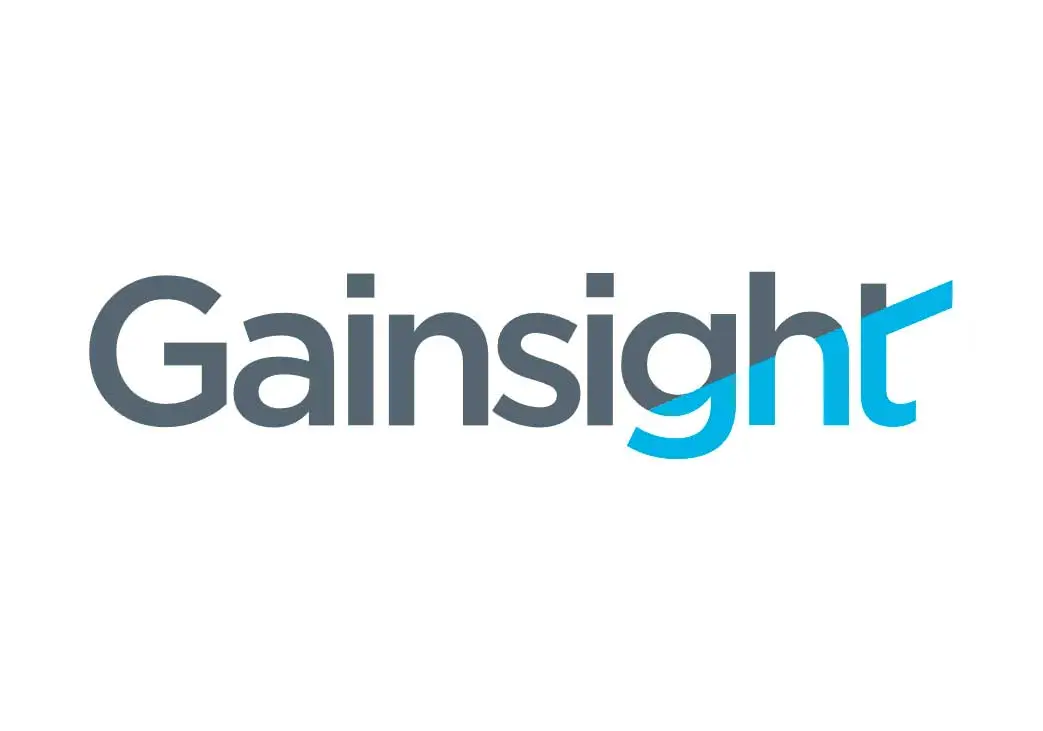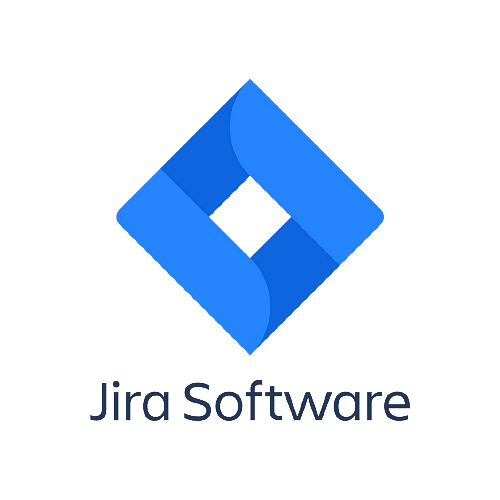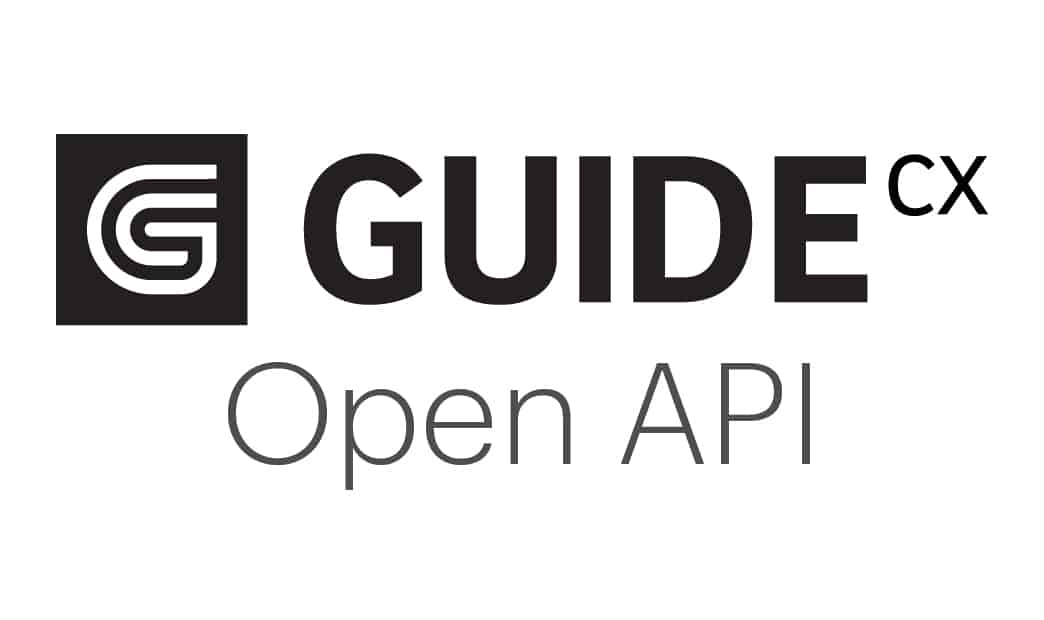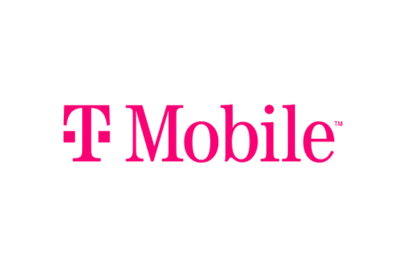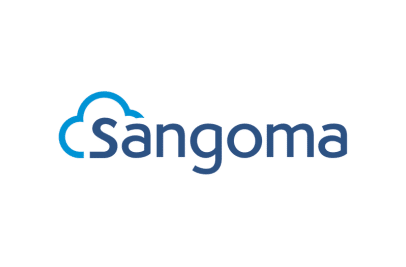Customer Success Teams:
We Work, Where You Work
Good Customer Success starts with a good understanding of the value your customers hope to receive, and GUIDEcx helps Customer Success teams understand that value journey right from the get-go.
What is the best way for Customer Success to know what happened during onboarding? Attend every call? Frequent internal meetings to review progress? No, and no. To get an accurate health score, deploy the right playbooks, and truly deliver successful outcomes to customers, they need digital assistance that starts with GUIDEcx. Our purpose-built onboarding software handles the first and most crucial touchpoint for every new customer: onboarding.
With GUIDEcx, Customer Success Managers can increase their bandwidth by viewing progress and engaging new customers in real-time via the mobile or web app communication feed. GUIDEcx can also send relevant data to their platform of choice to be sure they know customer sentiment, speed of adoption, risk, and time to value forecasting for each customer, a complete health score, and a digital assistant for every customer and Customer Success Manager.
Customer Success Team Roles We Help GUIDE In Customer Onboarding
CS Team Leaders
Choosing where to focus your limited energy and focus as head of the Customer Success team is one of the most challenging parts of the job. We’ve found that a lack of visibility significantly contributes to stress. In particular, this is true during the onboarding and project phases of a customer relationship.
Customer Success Ops
It is your job to ensure that the processes are tight, the data is accurate, and the team is ready for anything that may arise. But to date, there’s been no good tool to get your onboarding right until now.
GUIDEcx is a customer onboarding platform built for Customer Success Teams like yours that automates and organizes the busywork emails, check-ins, and reminders so you can focus on what matters: getting your customer to success.
GUIDEcx Customer Onboarding Features For Customer Success Teams
Our platform includes powerful tools and features designed specifically to support customer onboarding.
Task Management Automation
Work faster by automating communication and other manual, repetitive actions like project updates, tasks, and reminders.
Easy Access for Customers and Team Members
Clients can access the project via an email link, web portal, or mobile app with a simple click — no login required. They can quickly see if they have tasks to complete, view the overall status of their project, and see real-time progress notifications and end-date updates.
Strategic Project Transparency
GUIDEcx increases customer transparency by allowing them to see the entire project and understand how their tasks fit in. Our Compass Experience gives users a clear, easy-to-read dashboard that shows them the essential details of their project and responsibilities without inundating them with unnecessary information.
Challenges We Solve For Customer Success Teams
CSMs can enhance the customer onboarding experience, drive successful implementation, and foster long-term customer satisfaction and retention.
Understanding Customer Needs and Expectations:
Each customer has unique requirements and expectations. It is crucial for the CSM to thoroughly understand the customer’s goals, pain points, and desired outcomes. This involves effective communication, active listening, and asking the right questions to gather relevant information. Failing to grasp the customer’s needs can lead to misalignment and dissatisfaction during onboarding.
Coordinating Cross-Functional Collaboration:
Onboarding and implementation often require coordination across multiple internal teams, such as sales, product, engineering, and support. The CSM is central in facilitating collaboration and ensuring smooth handoffs between teams. This involves effective communication, clear expectations, and establishing streamlined processes to avoid delays or miscommunication.
Managing Time and Resources:
Onboarding new customers while managing existing customer portfolios can be challenging for CSMs. They must allocate their time and resources efficiently to provide personalized support and guidance to each new customer. It is essential to prioritize tasks, delegate where possible, and leverage automation or self-service resources to optimize productivity and maintain a high level of service.
Ways Customer Success Teams Can Improve Client Onboarding
Don’t Take Our Word For It. Hear From Our Customers
Powerful, Purposeful, Seamless Integrations
GUIDEcx offers robust integrations with over 1,000 applications, allowing you to increase automation and simplify project management. Seamlessly connect your existing tools and systems to GUIDEcx, enabling efficient data exchange and reducing customer manual efforts.
GUIDEcx is Leading the Client Onboarding Software Category
Our customers love us for our customer service and how we enable our users to engage their customers. See how we specialize in customer onboarding, task management, workflow management, and project management.
We GUIDE The World’s Leading Brands:
Over 300,000 projects completed on GUIDEcx.
Talk With a Guide Today
Discover how GUIDEcx can help you improve efficiency by reducing your customer onboarding timeline and increasing the capacity of your project managers. Our unparalleled professional resources and unwavering commitment to excellence support our industry-leading customer onboarding solution.
